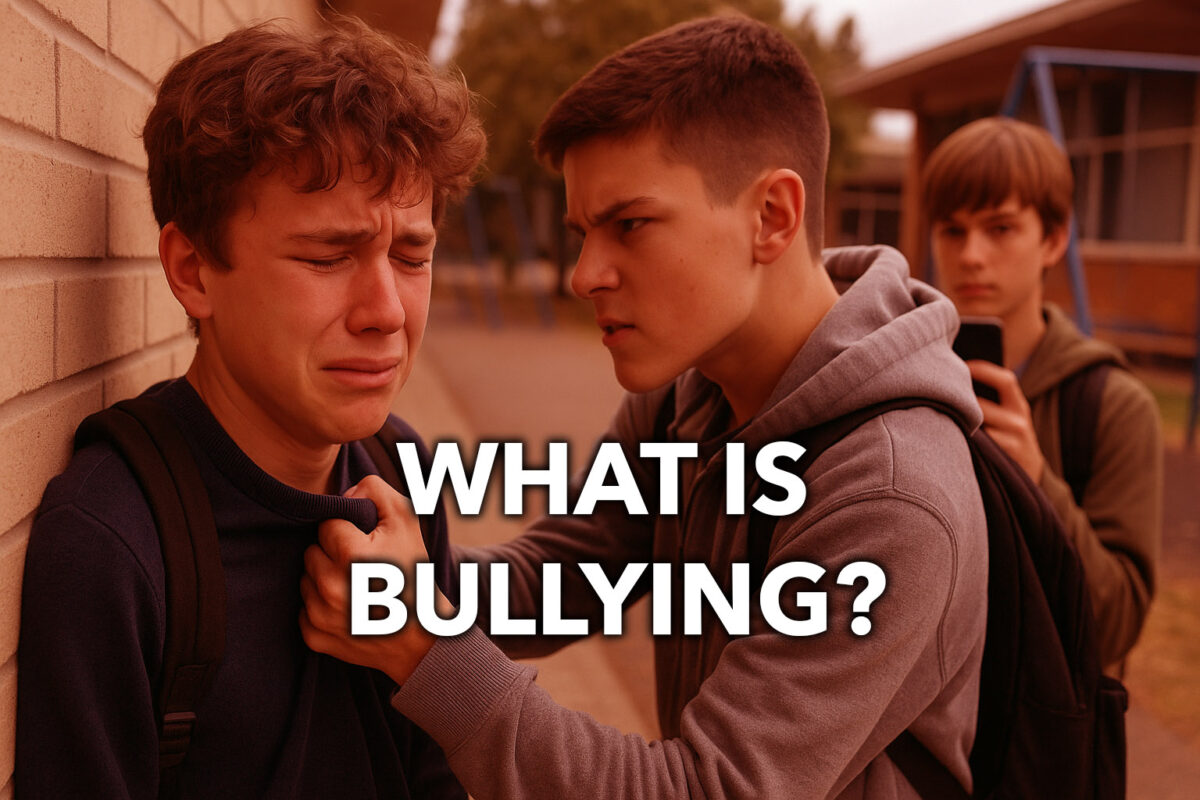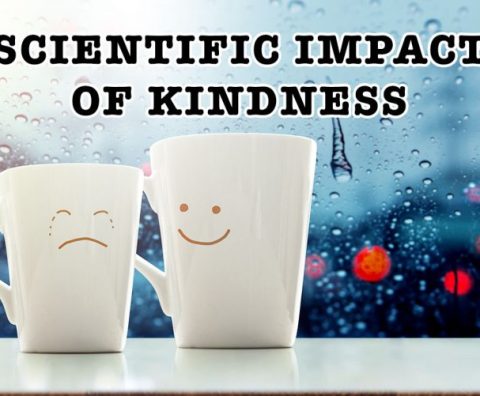
Understanding the Definition That’s Transforming School Culture
Understanding bullying isn’t just about recognizing harmful behavior—it’s about creating the foundation for kinder, safer learning environments where every student can thrive. Recent research from leading universities reveals that bullying affects over 20% of students nationwide, with profound impacts on mental health, academic achievement, and social development. However, the most powerful anti-bullying approach may not focus on bullying at all, but rather on cultivating its opposite: genuine kindness and positive school culture.
The Science-Based Definition of Bullying
Dr. Dan Olweus, the pioneer researcher from the University of Bergen, established the most widely accepted definition that continues to guide educators today. According to Olweus, bullying occurs when
“a student is being bullied or victimized when he or she is exposed, repeatedly and over time, to negative actions on the part of one or more other students”.
This definition rests on three critical components that distinguish bullying from typical peer conflict. First, bullying involves intentional harm-doing—aggressive behavior designed to cause physical or emotional hurt. Second, it demonstrates repetition over time, creating a pattern that escalates rather than resolves naturally. Most importantly, bullying involves an imbalance of power, where the person being targeted has difficulty defending themselves due to differences in size, popularity, social status, or other factors.
The power imbalance aspect proves particularly crucial for educators to understand. As research from UCLA and the University of Glasgow demonstrates, this imbalance creates lasting psychological impacts, with bullied adolescents showing 3.5 times higher rates of mental health problems when they develop interpersonal distrust.
Current Landscape: What the Data Reveals
National research paints a concerning picture of bullying’s prevalence in our schools. The National Survey of Children’s Health found that 22.4% of children aged 6-11 and 21.0% of adolescents aged 12-17 experienced bullying victimization during 2016-2017. More recent data from the School Crime Supplement shows 19% of students reported being bullied during the 2021-22 school year, with notable differences: 22% of females versus 17% of males, and 26% of middle school students compared to 16% of high school students.
The geographic variation is striking, with states like Wyoming showing rates as high as 35.9% for children and Illinois reaching 31.6% for adolescents. These disparities suggest that local school culture and community factors play significant roles in bullying prevention.
Globally, UNESCO reports that more than 30% of the world’s students have experienced bullying, highlighting this as a universal challenge requiring comprehensive solutions. The rise of cyberbullying adds complexity, with 77% of high school students using social media frequently, creating new venues for both harmful and helpful peer interactions.
The Hidden Impact on Learning and Development
University research reveals bullying’s far-reaching consequences extend well beyond the immediate incidents. A major study from The University of Manchester, following over 26,000 young people, found that bullying significantly impacts teenage mental health, particularly for boys, while creating lasting effects on social relationships for girls.
The academic implications are equally serious. Among students experiencing repeated bullying with power imbalances, 27% reported negative effects on schoolwork, 38% experienced negative feelings about themselves, and 24% saw impacts on family and friend relationships. These statistics underscore why addressing bullying requires more than disciplinary measures—it demands a fundamental shift toward positive school culture.
The Kindness Revolution: A Different Approach
Here’s where the conversation shifts from problem-focused to solution-centered thinking. The most effective anti-bullying programs may be those that never mention bullying at all. Instead, they focus relentlessly on building cultures of kindness, empathy, and positive peer relationships.
Research supports this approach. Studies show that “zero-tolerance” and punishment tactics prove less effective than kindness-based interventions. When schools prioritize teaching and recognizing kindness, they create environments where bullying behaviors become culturally unacceptable rather than merely rule violations.
Kindness as the opposite of bullying operates on several levels. Where bullying involves intentional harm, kindness promotes intentional help and support. Where bullying exploits power imbalances, kindness empowers everyone to contribute positively. Where bullying isolates and excludes, kindness builds connections and includes.
The School of Kindness approach demonstrates this philosophy in action, helping create classroom cultures where kindness exists naturally rather than as a response to problems7. Their workshops empower children to realize that “the little choices they make every day have the power to change lives and change the world.”
Building Anti-Bullying Culture Through Kindness
Effective kindness-based approaches share common elements that transform school environments. They teach kindness as a learnable skill rather than an innate trait, providing students with concrete tools for positive interaction. They recognize and celebrate kind behaviors, making compassion as visible and valued as academic achievement.
Schools implementing comprehensive kindness programs report improved climate indicators, reduced suspension rates, and enhanced social-emotional development. The key lies in creating systematic approaches where kindness becomes the expected norm rather than the exception.
Practical strategies include kindness challenges, peer recognition systems, and embedding empathy lessons throughout the curriculum. These approaches work because they address bullying’s root causes—social disconnection, power struggles, and lack of emotional skills—rather than merely responding to symptoms.
Moving Forward: The Path to Kinder Schools
Creating truly anti-bullying environments requires acknowledging that the solution isn’t found in stricter rules or harsher consequences, but in cultivating school cultures where kindness thrives naturally. When students experience genuine belonging, develop strong social-emotional skills, and see kindness modeled and valued consistently, bullying behaviors decrease organically.
This approach aligns perfectly with what research tells us about effective prevention: comprehensive, school-wide programs that build positive relationships and teach prosocial skills prove most successful. By focusing on what we want to see more of—kindness, empathy, inclusion—rather than what we want to eliminate, we create the conditions for lasting positive change.
For educators and caring adults, this represents both an opportunity and a responsibility. Every interaction becomes a chance to model kindness, every classroom moment an opportunity to build the social-emotional skills that prevent bullying before it starts. In this framework, the question shifts from “How do we stop bullying?” to “How do we create communities so kind that bullying becomes unthinkable?”
The answer lies not in programs that fight against problems, but in approaches that build toward solutions—one kind act, one positive interaction, one transformed school culture at a time.

WRITTEN BY | BRIAN WILLIAMS
Brian Williams is a Global Impact Speaker & Founder of Think Kindness. He has spoken to over 1.1 million people across North America, documented 3.1 Million acts of kindness, traveled to 19 times and has collected over 300K pairs of shoes for children in need.



